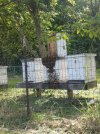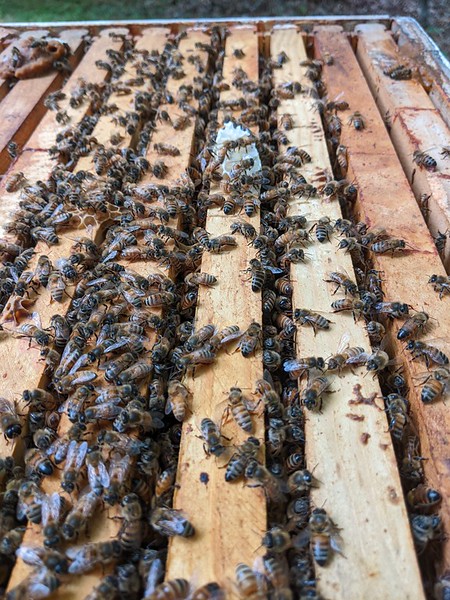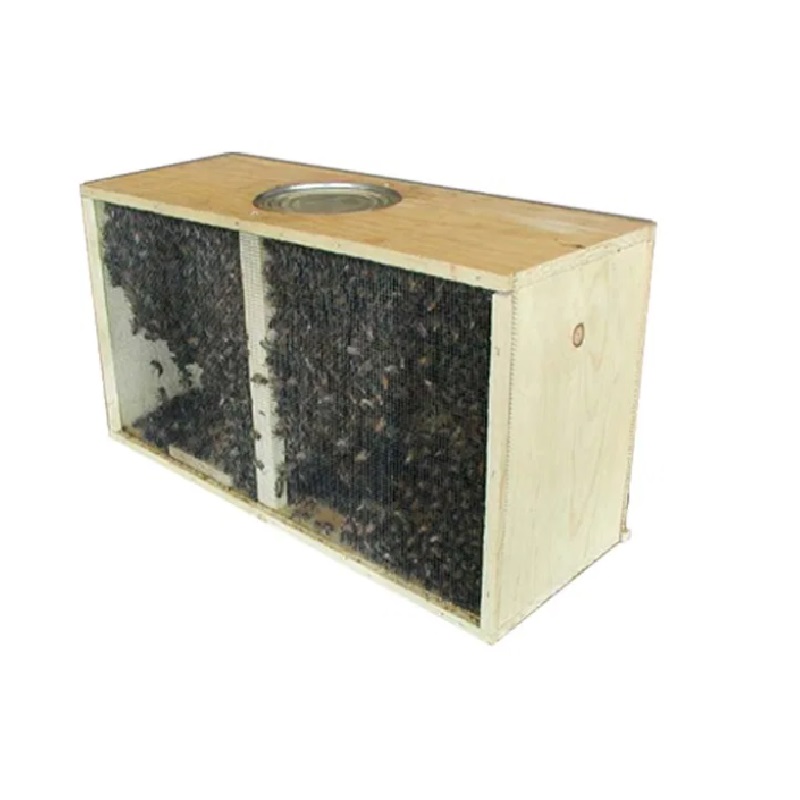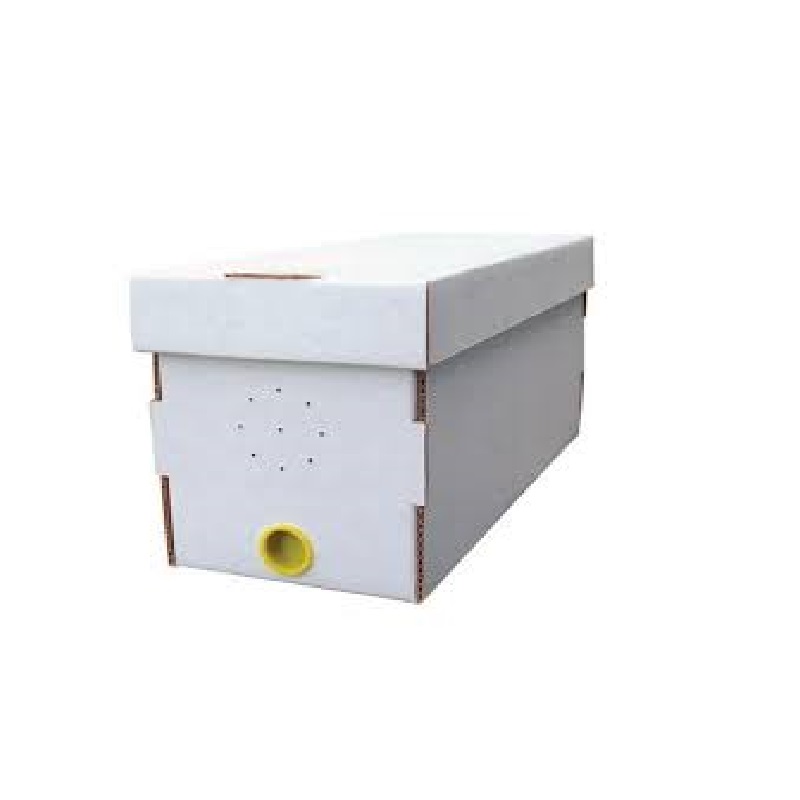Did they stick around because they had enough food, or do they die if not enough?
Also, how can you tell they’ve left (swarmed and absconded) vs some catastrophic event? Damage and bodies?
If you don’t split, do all of them leave? I got the impression that half leave with the old queen and new queens are hatched in the current hive.
There's a plethora of reasons a hive might not make it. Sort of have to do a necropsy when you have a dead out to figure out what happened. Often I'll see a small cluster of dead bees in the middle and honey in the outer frames. Bees tend to want to work up in a small cluster rather than out where it might be colder. Like humans they can. Tolerate the cold. But what often gets them is moisture. Some people wrap their hives to keep heat in and wind off. I don't do that. It's extra effort and I actually think it hurts. If the hive is warmer, the bees are more active. If they're more active, they're gonna eat need more food. Plus wrapping the hive doesn't help with moisture. If anything it hurts. Warm moist air from them breathing rises, hits that cold lid, condenses (sounds familiar) and falls to the center of the hive right where the cluster is. Then they're cold and damp. No bueno. So, what I do is put a snow fence on the windward side to keep the strong gusts off a bit. I make a candy board on top of a cheap plastic queen excluder. Queen excluder goes on top what's called an imirie shim. The shim has a small notch for ventilation. Sugar with a wet sand consistency goes on top of the excluder. Let it dry and then put on the hive. Now any moist air in the hive is going to get absorbed by the sugar if it hasn't been vented out of the notch. Plus the sugar is an extra food source if they run out of honey. At least that's the theory/hope.
The hive that absconded probably realized they didn't have the resources to make the winter and got out of dodge to look for better pastures that probably didn't exist. Often the largest hive will abscond if it has a high mite load and what they perceive as inadequate honey stores. Mite treatment season is always tough for me because I treat with formic acid and the temp requirements have a high of 85 and low of 55. So treat in early September right when I'm trying to leave for my New Mexico elk hunt. I can't really look at the hive during a critical phase of them getting ready for winter
When they abscond, there's no bees at all. No dead bees, no live bees. Everything is gone. Could look good one week, come back the next and there's nothing. No bees. No honey as it was robbed out by other bees once they left. Damn looters.
Swarming season is late April (as soon as drones start flying) to maybe July. The bees know winter is coming and they won't swarm late. If the queen is weak, they'll supercede her, but won't swarm.
If I don't split and if I don't give them room by adding supers they will swarm. When they want to swarm they'll build a ton of queen cells. When they do this theyre gonna swarm. You could tear all the cells down and give em room. Won't help. They're gonna swarm. So when that first virgin queen hatches, roughly 50% of the hive with the old queen will go to the spot the scout bees picked out, usually in a tree not far from the hive. The other half of the hive will tear down the remaining queen cells and stay with the old hive with the virgin queen. I always leave an empty hive out with old comb so the scout bees hopefully choose that. It's worked. Looks like a bee tornado and lasts 15-30 minutes before things calm down and you're left with a giant cluster on a tree, or a new hive.
Splitting a hive is essentially the same thing as a swarm. Only I control it. I'll take the old queen out with a 5 frames of brood of all ages and honey. Making sure I leave brood of all ages as well as fresh eggs so the original hive has what they need to build a new queen. Come back a week later to make sure they've begun to build queen cells. If eggs are too old they won't build them and I'll have to swap out frames of eggs from another hive. Sometimes I'll take that old queen and put her in a nuc. She could be starting to get low on sperm or old, but if the hive made the winter and was doing good I want to keep those traits around. A nuc being 5 frames, when it starts to get full I'll take the frames out and put them in a weaker hive and replace with an empty frame making sure they've got room and don't want to swarm.
Sometimes if I have a weak hive, or a hive that just requeened, I'll pull brood out of the stronger hive next to it to boost the weaker hives numbers. I feel like a hypocrite as it's sort of like socialism as I'm taking resources out of a stronger hive to help out a smaller or recovering hive.
Candy board, the white mesh is the queen excluder.
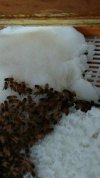
Bees swarming on memorial day. The hive on the left swarmed into the empty hive in the middle. There was a bit of a logjam. 15-20 minutes after it started you'd have no idea anything happened.
